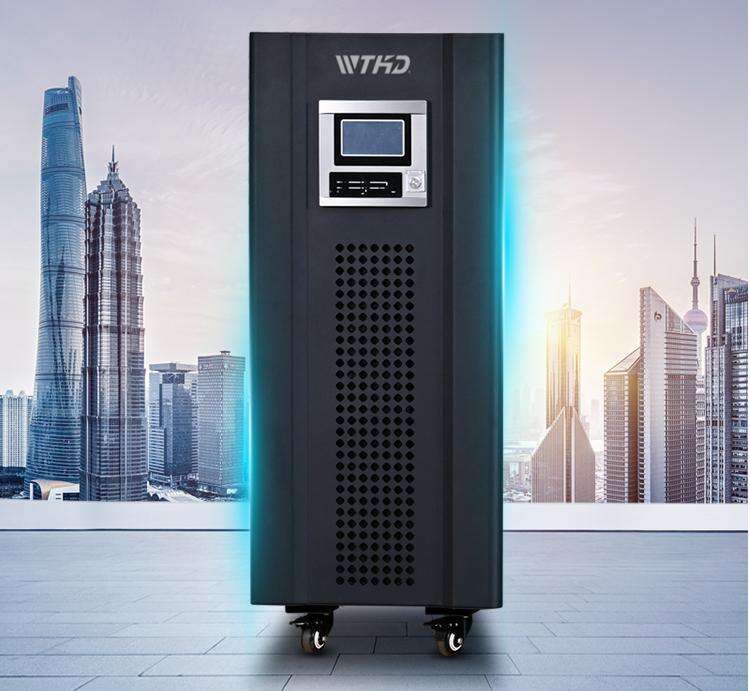Even a short power failure can lead to big issues- computers may crash, data may be lost, and machinery may reboot in middle of its usage. This is why an Uninterruptible Power Supply (UPS) is so necessary. A UPS serves as a backup system to your electronics, provides a source of power in case of a malfunction and protects against unexpected voltage surges or outages. No matter what size home system you are working with, or industrial scale, there is a UPS system that can fit your requirements. It can be useful to understand the various types, key features and advantages and, in this way, decide on the one that best fits your case.
• Double-Conversion UPS vs Delta Conversion: What’s the Difference?
(Picture suggestion: A simple diagram showing power flow for double-conversion vs delta conversion UPS.)
• Key Features of Online UPS: Pure Sine Wave, Zero Transfer Time, and Scalability
(Picture suggestion: Side-by-side comparison of pure sine wave vs modified sine wave output on a graph.)
• Top Advantages of Online UPS for Data Centers and Critical Applications
(Picture suggestion: A server rack with an online UPS unit installed, showing power lines connected.)

